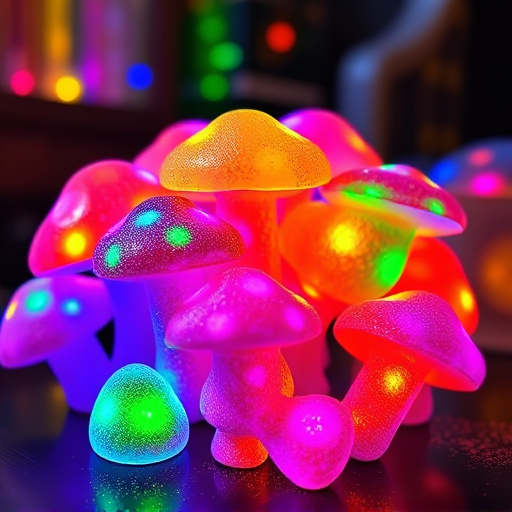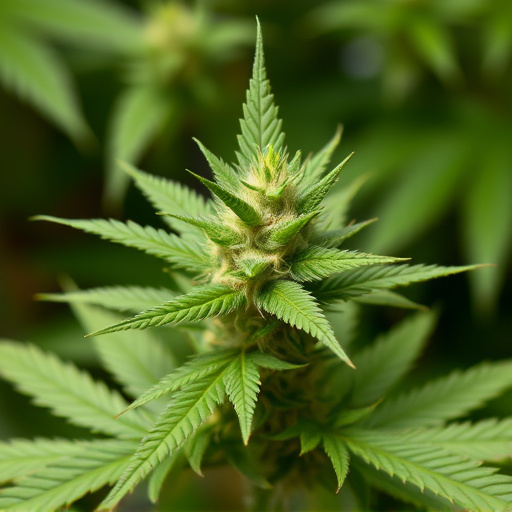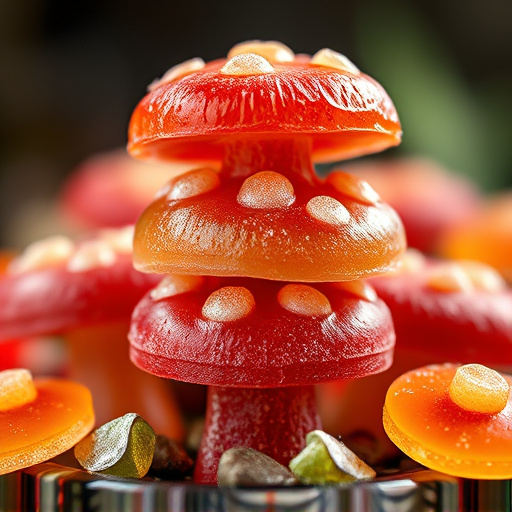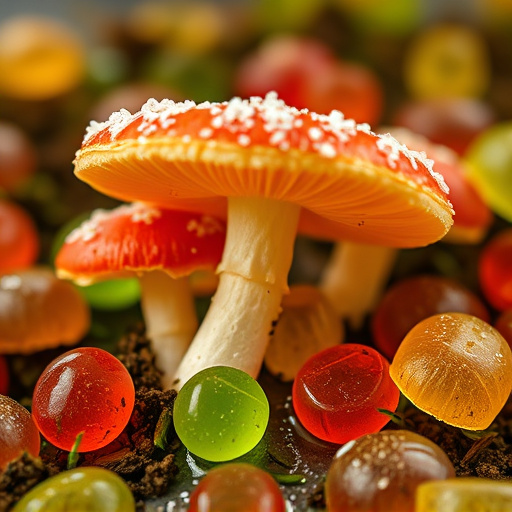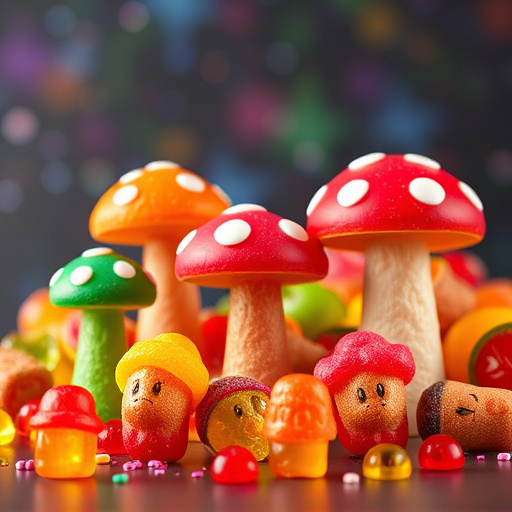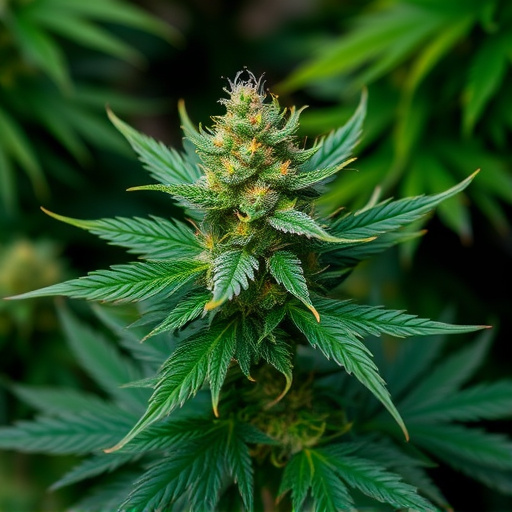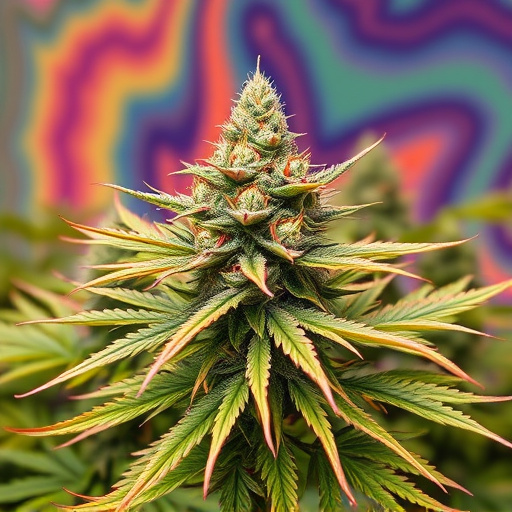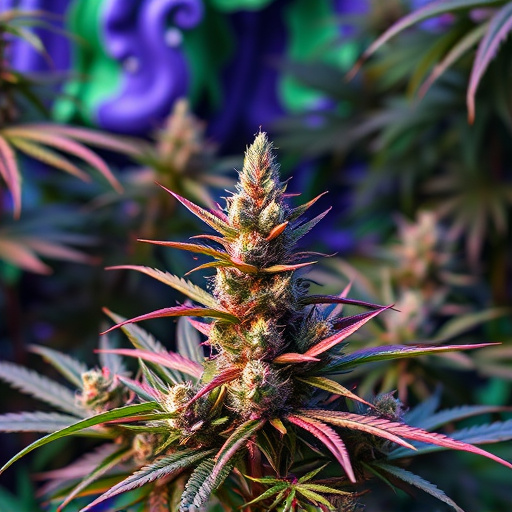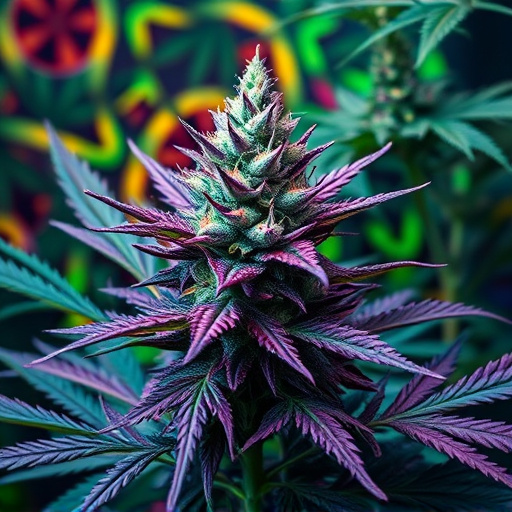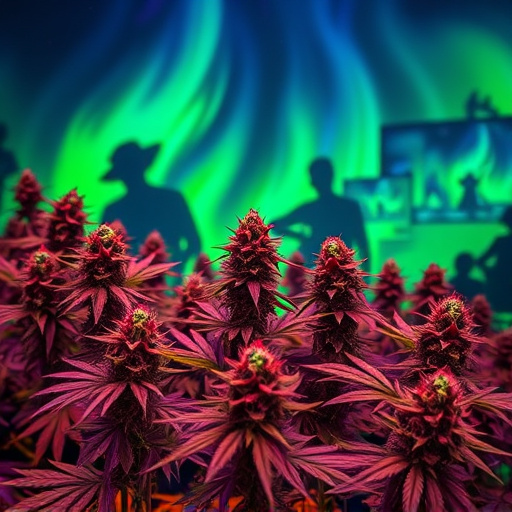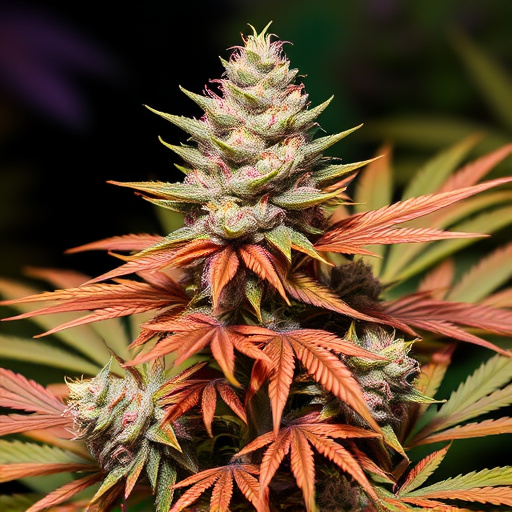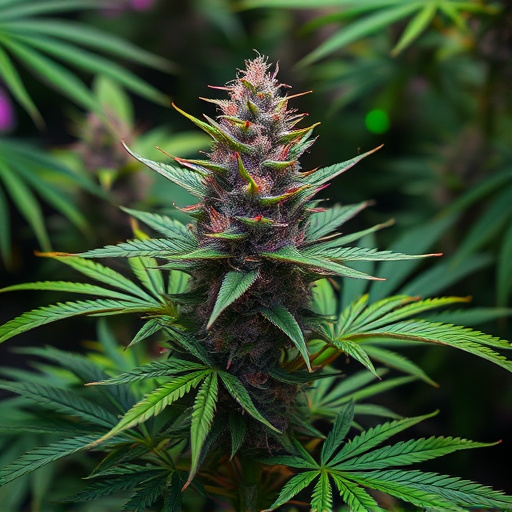Terpenes, aromatic compounds in psychedelic cannabis strains, are key to their unique scents, flavors, and mind-altering effects. Specific terpenes like myrcene, limonene, and pinene shape strain characteristics, offering a range of olfactory experiences from uplifting to calming. The "entourage effect" of these compounds enhances the therapeutic potential of the strains. Terpenes play a pivotal role in catering to individual preferences, whether seeking relaxation or enhanced mental activity.
Discover the fascinating world of terpenes—the unsung heroes responsible for the distinct scents and flavors of cannabis. These aromatic compounds not only engage our senses but also play a pivotal role in defining the unique experiences offered by psychedelic cannabis strains. Explore how terpene profiles contribute to the intricate dance of scent, taste, and effects, enhancing or altering the journey into the mind’s realm.
- Understanding Terpenes: The Chemical Compounds Behind Cannabis Aroma
- The Role of Terpenes in Psychedelic Cannabis Strains
- How Terpene Profiles Impact the User Experience: Scent, Flavor, and Effects
Understanding Terpenes: The Chemical Compounds Behind Cannabis Aroma

Terpenes, the unsung heroes of cannabis, are complex chemical compounds responsible for the unique aromas and flavors we associate with different strains. These organic volatile oils play a pivotal role in shaping the sensory experience of psychedelic cannabis strains. Beyond their ability to evoke distinct scents, terpenes have also been linked to potential therapeutic effects, interacting with cannabinoids to create an entourage effect that influences the plant’s overall impact on the user.
Each terpene contributes to the diverse and intricate scent profiles we enjoy—from citrusy and floral notes to earthy and piney undertones. The combination of various terpenes in a particular strain is what gives cannabis its distinctive character, making some varieties more uplifting and energetic, while others are known for their calming or relaxing effects. Understanding the chemical language of terpenes offers an intriguing glimpse into the complex world of cannabis aromas.
The Role of Terpenes in Psychedelic Cannabis Strains
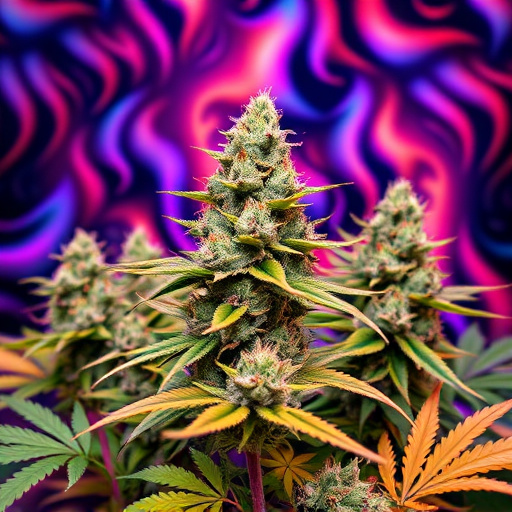
Terpenes play a pivotal role in shaping the unique scents and flavors associated with psychedelic cannabis strains. These aromatic compounds, naturally occurring in cannabis plants, contribute significantly to the overall experience of users seeking mind-altering effects. Beyond their contribution to aroma, terpenes interact synergistically with cannabinoids like THC, enhancing or modifying its psychotropic properties.
In psychedelic cannabis strains, specific terpenes such as myrcene, limonene, and pinene are often responsible for the strain’s distinct characteristics. Myrcene, known for its earthy and musky notes, is commonly linked to inducing relaxation and heightened sensory perception. Limonene, with its citrusy aroma, can evoke feelings of euphoria and uplifted mood, while pinene offers a piney scent associated with calmness and clarity. These terpenes not only create a diverse range of olfactory experiences but also contribute to the therapeutic potential of psychedelic cannabis strains, making each variety a unique offering in the world of cannabis.
How Terpene Profiles Impact the User Experience: Scent, Flavor, and Effects
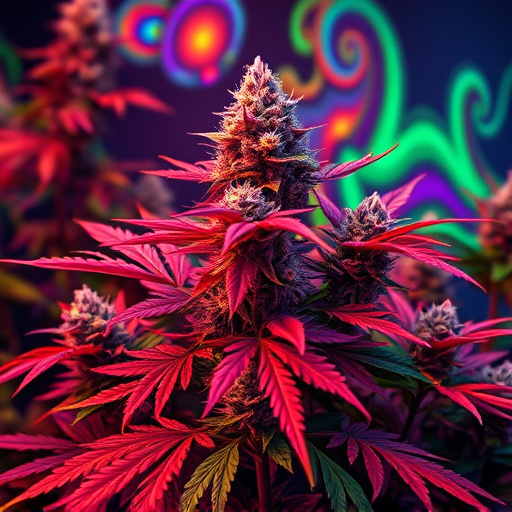
The unique scents associated with different cannabis strains are largely attributed to terpenes, aromatic compounds that contribute to the plant’s distinctive odour and flavour. But these chemical entities do more than just tickle the nose; they significantly influence the overall user experience, from initial scent appreciation to the eventual effects felt by consumers. Terpene profiles play a pivotal role in shaping how individuals perceive and interact with psychedelic cannabis strains.
For instance, certain terpenes like linalool and nerolidol, prevalent in many strains, are known for their calming and relaxing properties, often evoking feelings of tranquility and mental clarity. This is why strains high in these terpenes are popular choices for evening use or for those seeking stress relief. Conversely, myrcene, with its earthy and fruity notes, can enhance cognitive functions and stimulate appetite, making it a desirable component in psychedelic strains aimed at boosting creativity and energy levels. Thus, the interplay of terpene profiles contributes to diverse user experiences, catering to individual preferences and intended effects, be it relaxation or enhanced mental activity.
Terpenes, with their diverse aromatic profiles, play a pivotal role in shaping the unique scents and experiences associated with psychedelic cannabis strains. Understanding these chemical compounds allows us to appreciate the intricate interplay between scent, flavor, and effects, enhancing our overall enjoyment of this complex plant. By exploring terpene profiles, consumers can make informed choices, tailoring their cannabis experience to personal preferences, whether seeking relaxation or an energizing high.

